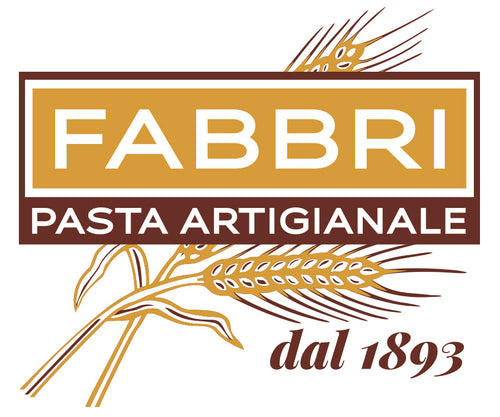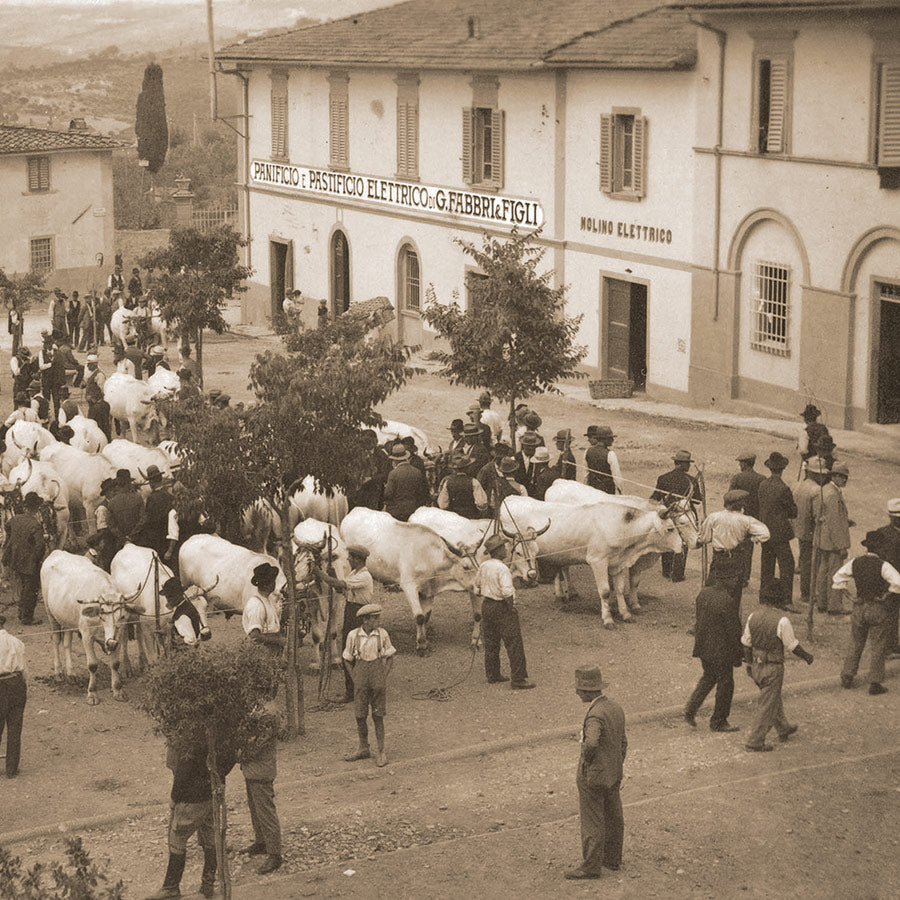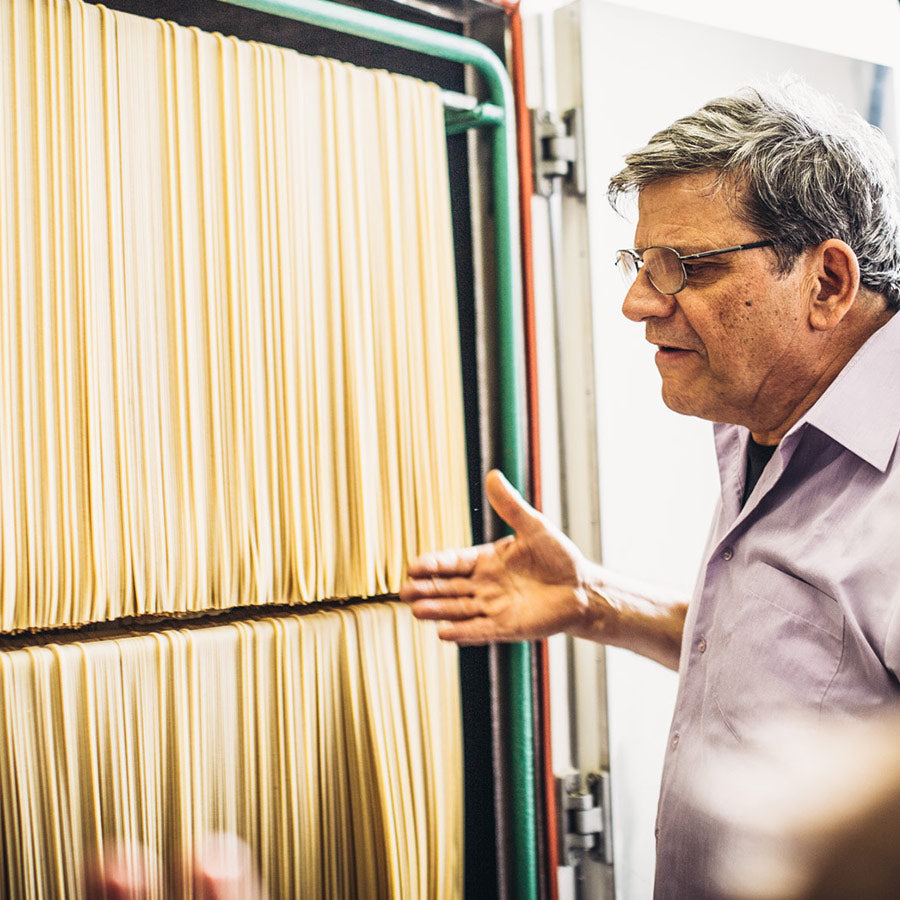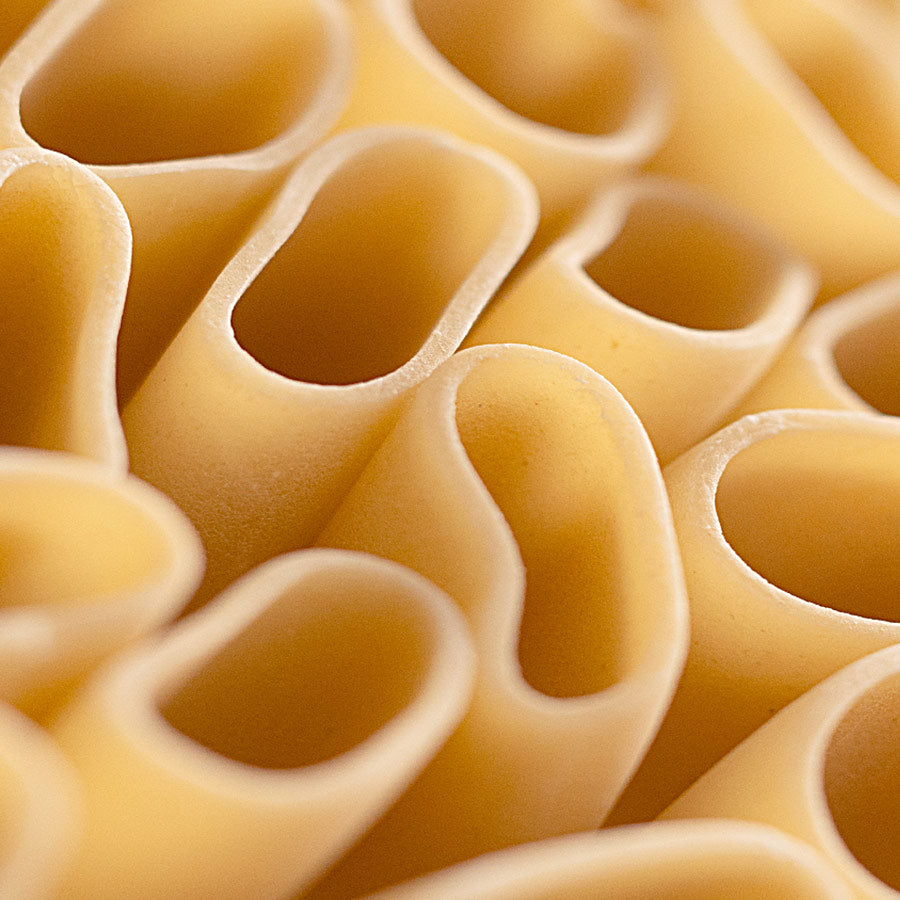Corriere Fiorentino announces the opening of the Fabbri Museum

Presses and old millstones: Pasta is served at the museum
Corriere Fiorentino – March 8, 2009 – (Download the original article here)
Excerpt from the article:
"Don’t call it a pasta museum," says Giovanni Fabbri, "because to be honest, what I’ve spent years researching is the history of the Fabbri family, master pasta makers for over a hundred years and millers in Cintoia since the 1700s."
We are in Strada in Chianti, where we are greeted by Giovanni Fabbri, the fourth generation of master pasta makers and the last of a dying breed of artisans who know how to craft the wisdom of taste from fine ingredients.
Later this spring, inside his pasta factory, a room will open dedicated entirely to dozens of antique pieces used over the centuries to craft pasta, a sort of journey through the ancient methods of kneading and drying. There will be old millstones made of lava stone and marble, used both for grinding wheat and kneading pasta. Then there are paleo-industrial presses, small and large, all made of wood, and rudimentary machinery for making homemade pasta with bronze dies of various sizes. "The kitchen presses were the wealth of every household," he explains, "every family had one, ensuring pasta for the whole week."
"The family's hydraulic presses won’t be present," the businessman explains, "which is a bit of a disappointment for me, but there’s nothing I can do about it anymore." During the German retreat in World War II, they did not spare the businesses in Chianti, and the Fabbris had their share of troubles: all the presses were mined, and production had to stop for quite some time. "However, there will be no shortage of old books and magazines," adds Fabbri, "like the monographs of Domenica del Corriere, where you can still read about the first harvest in Addis Ababa or the epic battle of wheat in 1934, which, according to the articles, was won thanks to chemical weed killers more than the expansion of cultivated land." Speaking of wheat, Fabbri reveals that artisanal pasta is still made the same way: "With a mixture of durum wheat semolina and water, the key is that the pasta never exceeds 37 degrees, but most importantly, it’s made with the right wheat, the best and healthiest varieties.
















